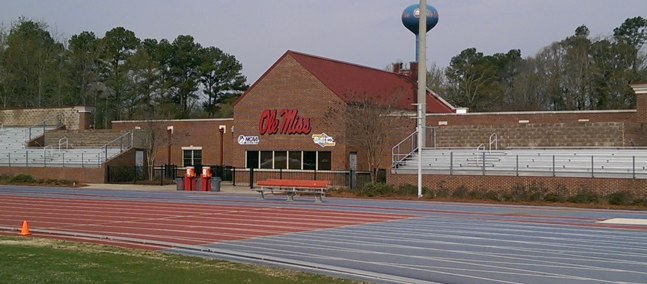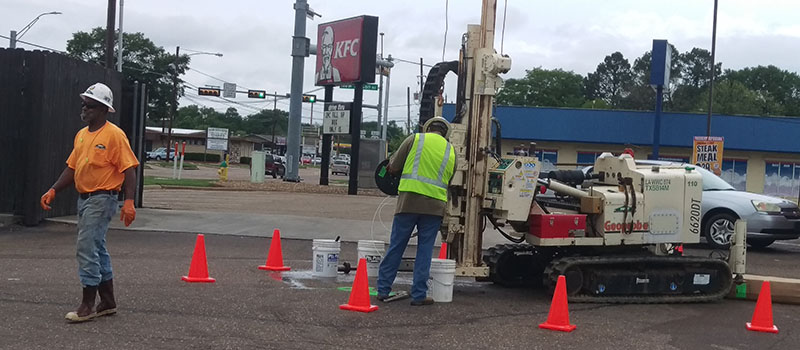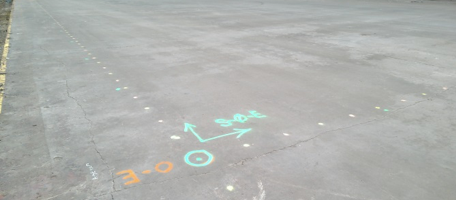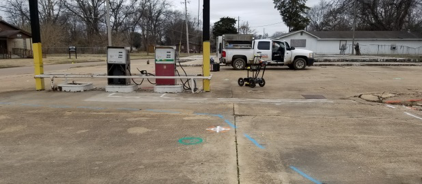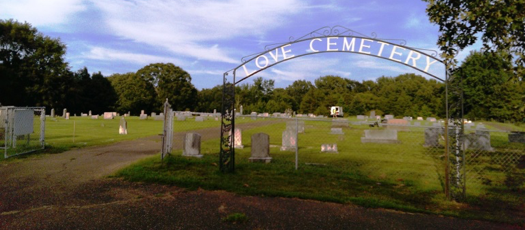GPR Service Division
It’s your choice! From simple paint markings on the ground delineating boundaries and objects to totally georeferenced AutoCAD maps of subsurface targets with spatial and vertical relationships defined. This metadata from the survey can be imported as an “as built” of your site and imported into (BIM) building information modeling programs for the life of your project going forward. Simply update your AutoCAD file as structures are either added or deleted over the life of your site.
Having performed countless GPR investigations in the Southeastern US, we continue to exceed industry standards for accuracy, integrity and professionalism. We’ve applied our expertise in integrated geophysical surveying across a broad spectrum of industries, working on high-profile projects delivering detailed results on every project, large and small.
The value added realized by our Client is that the cost of the survey, geophysical data processing, and interpretation is negligible when compared to contracting invasive applications requiring property repair after investigations are complete. It is critical to know before you dig!
GPR is a remote sensing tool and as such does not work in all conditions, and can provide false readings especially in areas with high salt content in the soil, such as coastal areas, and tightly packed clay soils and rocks can prevent locating of structures with GPR.
